Top 7 Tips for Selecting a Best Dredge Pump for Sand
Keyword: Dredge Pump for Sand
Meta: Learn about best dredge pump for sand capacity, material handling, and environmental considerations to make an informed decision and maximize efficiency.
Selecting the right dredge pump for sand is essential for maximizing efficiency and minimizing costs. A high-performance dredge pump enhances material handling and reduces downtime. Whether you're involved in sand mining, land reclamation, or environmental dredging, understanding the key factors in choosing a high-performance sand dredge pump can make all the difference.
This guide offers key tips for manufacturers, factories, and end-users to make informed choices in sand applications from a manufacturer's view. Whether for sand mining, land reclamation, or environmental dredging, understanding the critical factors in choosing a reliable sand dredge pump can significantly impact your operations. Let's explore the top tips to help you decide effectively.
1.What Is Best Dredge Pump for Sand?
A dredge pump for sand is a specialized piece of equipment designed to extract and transport sand, gravel, and other sediments from bodies of water or shallow waterways. These pumps are essential in various industries, including sand mining, land reclamation, river dredging, and environmental remediation. Understanding the key features, applications, and considerations for selecting a dredge pump for sand can help you make an informed decision for your project.
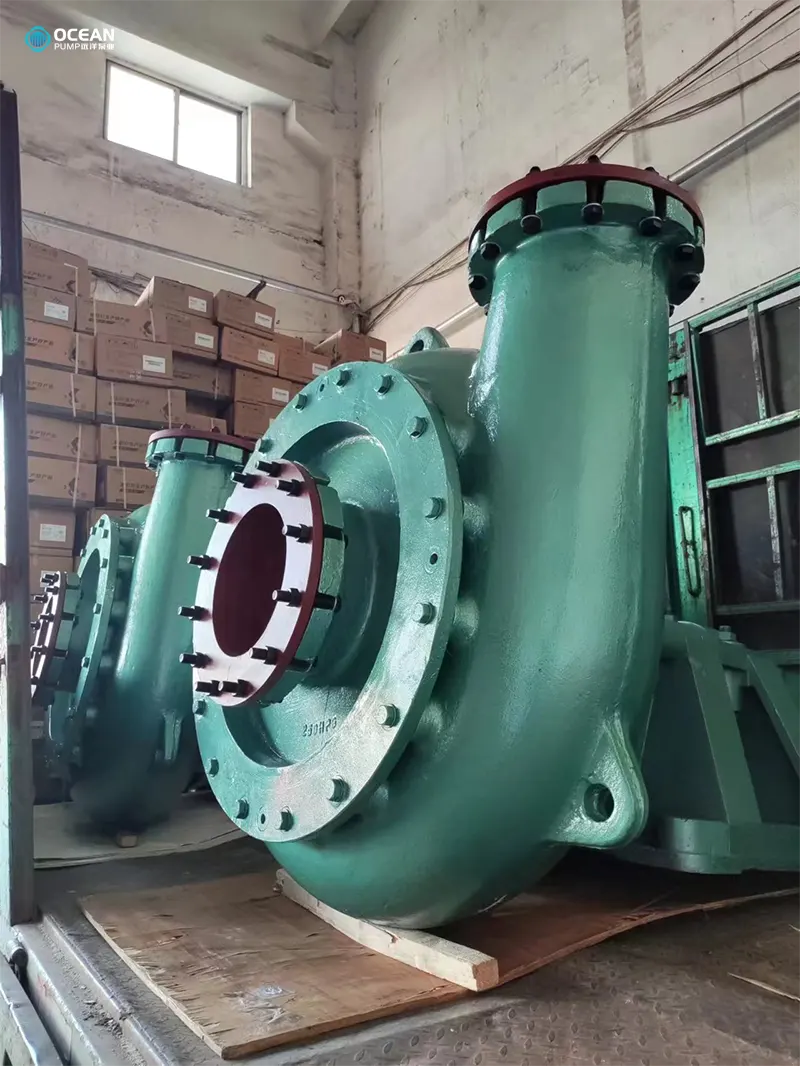
1.1 Key Features of Dredge Pump for Sand
Dredge pumps for sand are engineered to handle abrasive materials and operate in harsh environments. Here are some of their key features:
Advanced Hydraulic Design: Modern dredge pumps use CAD-aided design to optimize hydraulic efficiency, ensuring high flow rates and energy savings.
High Abrasion Resistance: Pumps are often made from high-chromium alloy materials, which can withstand the abrasive nature of sand and sediment, extending the lifespan of critical components.
Versatile Power Options: Dredge pumps can be powered by diesel engines, electric motors, or hydraulic systems, depending on the application and environment.
Ease of Maintenance: Many models are designed for simple disassembly and maintenance, with easily replaceable parts to minimize downtime.
Environmental Considerations: Some pumps are designed to minimize ecological impact, ensuring sustainable dredging practices.
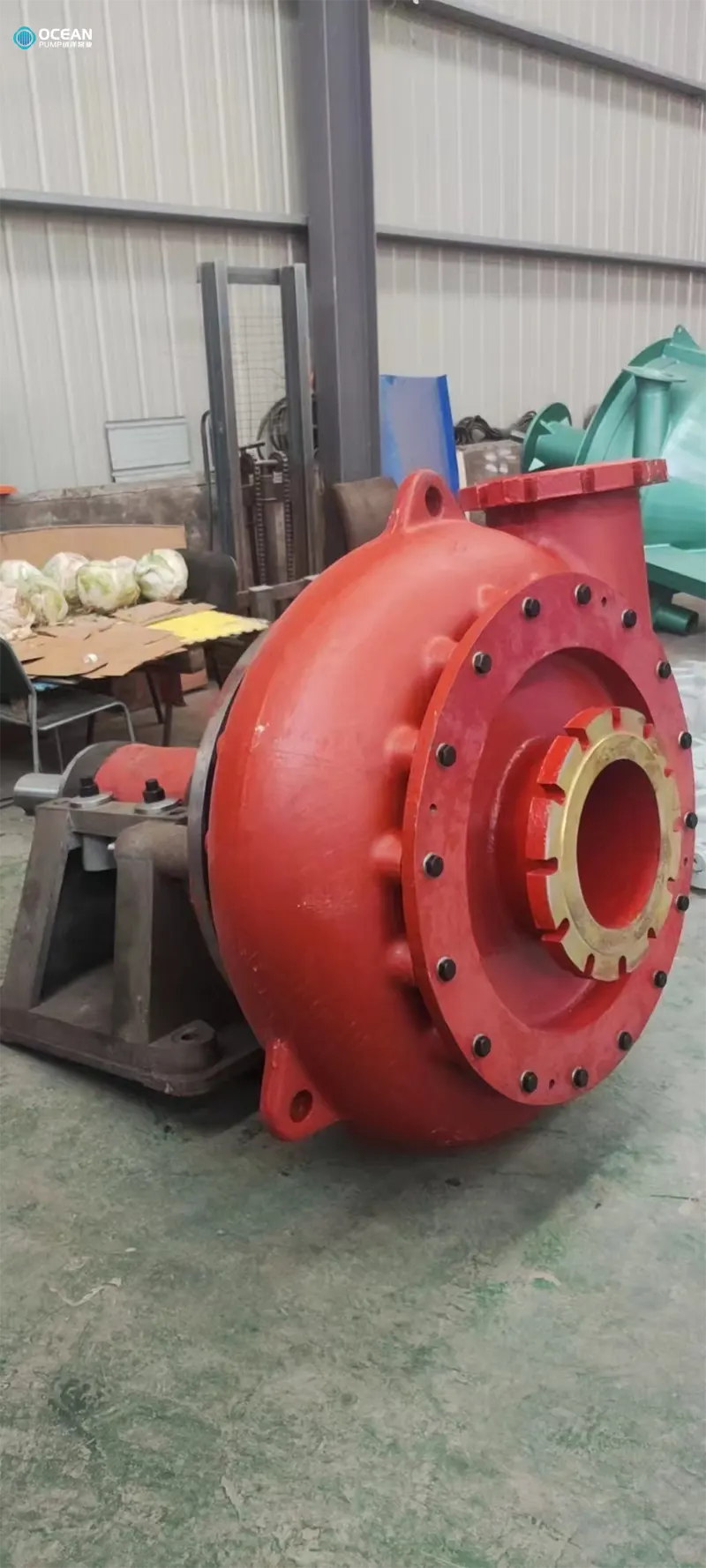
1.2 Types of Dredge Pump for Sand
There are several types of dredge pumps, each suited to different applications:
Centrifugal Dredge Pumps: These are the most common type, known for their ability to handle high volumes of water and sediment. They are ideal for river dredging, beach replenishment, and mining operations.
Submersible Dredge Pumps: These pumps operate underwater and are perfect for deep-water dredging. They are compact, reduce noise pollution, and can handle high- density slurries.
Jet Pumps: These use high-pressure water jets to dislodge sediment and are effective for soft materials.
1.3 Technical Specifications of Dredge Pumps for Sand
When selecting a dredge pump for sand, consider the following specifications:
Flow Rate: This is measured in cubic meters per hour (m3/h) and should match the project's requirements. For example, a large-scale port dredging project might require a flow rate of up to 5000 m3/h.
Head: This refers to the vertical distance the pump can lift the material. A typical dredge pump can handle heads up to 120 meters.
Particle Size: Ensure the pump can handle the maximum particle size present in the dredged material. Some pumps can handle particles up to 120 mm in diameter.
Power: Dredge pumps range from 0.75 kW to 315 kW, depending on the required flow rate and head.
2.Top 7 Tips for Selecting a Best Dredge Pump for Sand
2.1 Understand the Nature of the Sand and Slurry
Before selecting a dredge pump, it's imperative to analyze the characteristics of the sand and slurry to be handled. Key factors include:
Particle Size and Distribution: Determine the average grain size and the range of particle sizes present. Coarser sands require pumps capable of handling larger particles without clogging.
Density and Concentration: Assess the specific gravity and the percentage of solids in the slurry. Higher concentrations demand pumps with robust power and wear-resistant features.
Abrasion Levels: Understand the abrasiveness of the material, as highly abrasive sands can accelerate wear and tear on pump components.
By thoroughly understanding these parameters, manufacturers and users can select a dredge pump for sand that is tailored to the specific material characteristics, ensuring longevity and efficiency.
2.2 Evaluate Dredge Pumps for Sand Performance Specifications
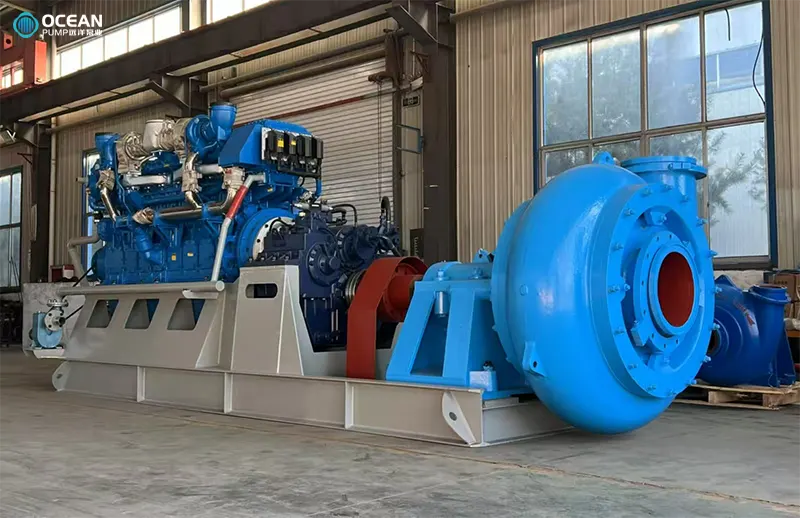
Key performance metrics to consider when selecting a dredge pump include:
Flow Rate (Capacity): Measured in cubic meters per hour (m3/h) or gallons per minute (GPM), this indicates the volume of slurry the pump can handle. For instance, the Tobee WN500 Sand Dredge Pump offers a capacity range of 4,500-5,500 m3/h.cite turn0search7
Head (Pressure): Denotes the height to which the pump can elevate the slurry, typically measured in meters or feet. The WN500 model provides a head range of 40- 65 meters.cite turn0search7
Power Requirements: Ensure compatibility between the pump's power needs and the available power sources.
Efficiency: Higher efficiency pumps consume less energy, leading to cost savings over time.
Aligning these specifications with project requirements ensures optimal performance and cost-effectiveness.
2.3 Consider the Sand Dredge Pump's Solids Handling Capability
A dredge pump's ability to handle solids is paramount in sand dredging operations. Key considerations include:
Maximum Particle Size: Verify the pump's capacity to handle the largest particles present in the slurry.
Impeller Design: Open or semi-open impellers are preferable for handling abrasive and coarse materials, as they reduce the risk of clogging.
Selecting a pump with appropriate solids handling capabilities ensures uninterrupted operations and reduces maintenance frequency.
2.4 Assess Material and Build Quality
The durability of a dredge pump for sand largely depends on the materials used in its construction. Consider the following:
Wear-Resistant Materials: Components made from high-chrome alloys or hardened steel offer enhanced resistance to abrasion, extending the pump's lifespan.
Corrosion Resistance: In environments where the slurry contains corrosive elements, materials like stainless steel are advisable.
Investing in high-quality materials reduces downtime and maintenance costs, leading to more efficient operations.
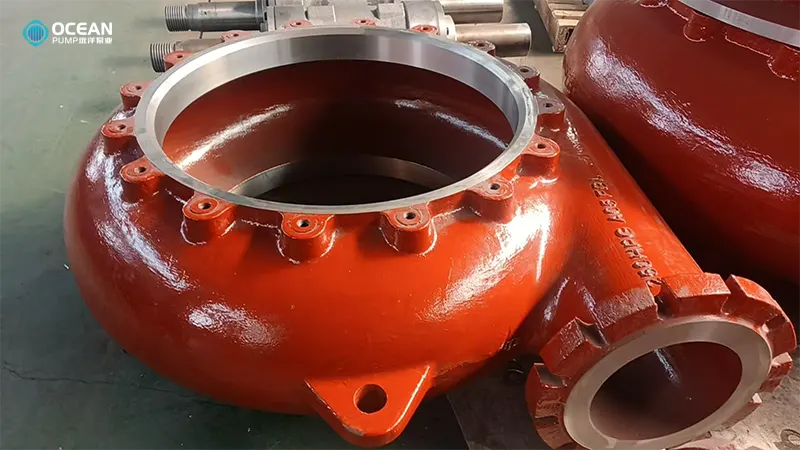
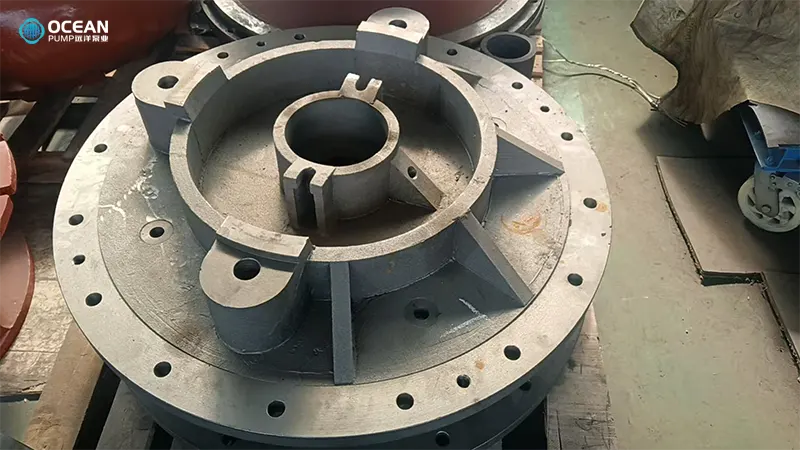
2.5 Determine the Appropriate Pump Size and Configuration
The size and configuration of the dredge pump should align with the project's operational parameters:
Submersible vs. Non-Submersible: Submersible pumps are suitable for underwater operations and can handle higher concentrations of solids, while non-submersible pumps are typically used for surface applications.
Portability: For projects requiring frequent relocation, consider the pump's weight and ease of transport.
Choosing the correct size and type ensures that the pump meets the project's demands without unnecessary energy consumption or wear.
2.6 Analyze the Operational Environment
Understanding the dredging site's environmental conditions is crucial:
Water Depth: Ensure the pump can operate effectively at the required depths.
Temperature and pH Levels: Extreme temperatures and varying pH levels can affect pump materials and performance.
Debris Presence: If the dredging area contains significant debris, select a pump designed to handle such conditions without clogging.
Tailoring the pump selection to the operational environment enhances reliability and efficiency.
2.7 Prioritize Maintenance and Support Services
Regular maintenance is essential for the longevity of dredge pumps:
Manufacturer Support: Choose pumps from reputable dredge pump manufacturers or dredge pump factories that offer comprehensive support services, including training and spare parts availability.
Ease of Maintenance: Pumps designed for easy disassembly and component replacement reduce downtime and maintenance costs.
Establishing a maintenance schedule and having access to expert support ensures continuous and efficient operations.
3.Conclusion
A dredge pump for sand is a powerful tool that can significantly enhance the efficiency and effectiveness of your dredging operations. By understanding the key features, technical specifications, and maintenance requirements, you can select the right pump for your project. Whether you need a centrifugal, submersible, or jet pump, there is a solution tailored to your specific needs.
Selecting a high-performance dredge pump for sand involves a meticulous evaluation of material characteristics, pump specifications, build quality, operational conditions, and maintenance requirements. By adhering to these seven tips, and working with dredge pump manufacturers or dredge pump factories like Taian OCEAN Pump, end-users can ensure efficient, cost-effective, and durable dredging operations. Investing time in the selection process not only enhances productivity but also contributes to the overall success of dredging projects.
TAIAN OCEAN PUMP CO.,LTD
DORIS CHEN
WHATSAPP :+86 18562293319
Email : oc@tsbeng.com
-
WhatsApp
-
E-MailE-Mail:oc@tsbeng.com
-
WeChatWeChat:yychen19







